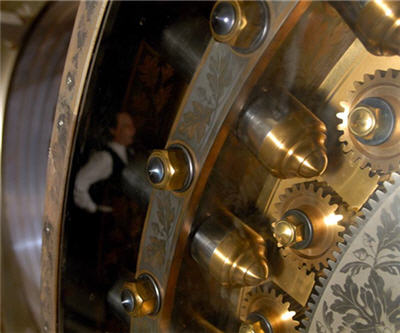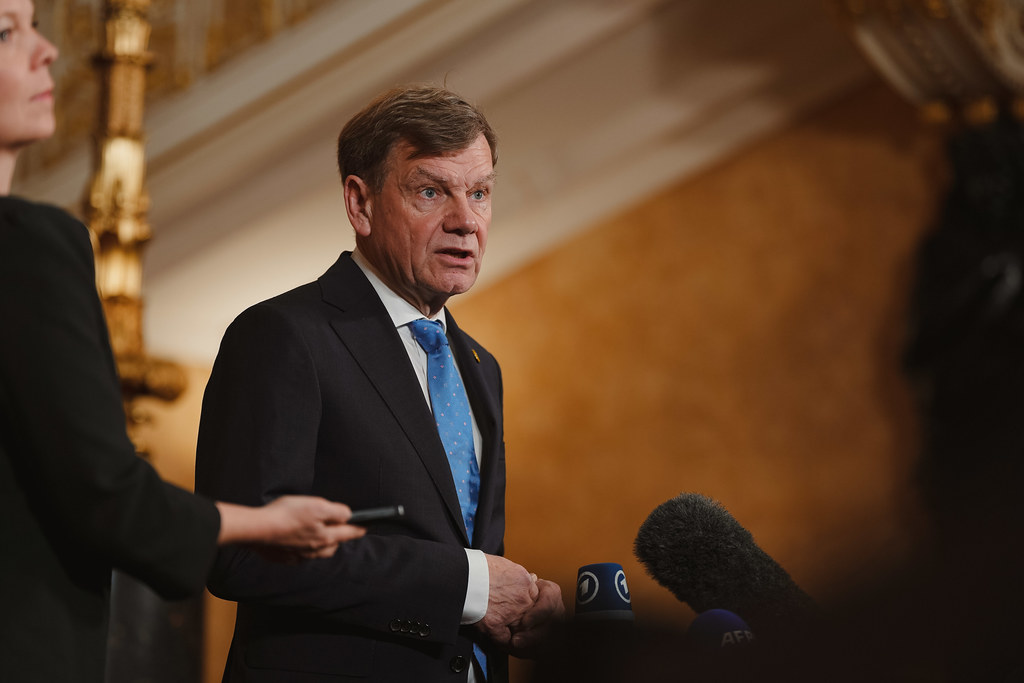Gold price: Europe rushing in where even Fed fears to tread

Recently gold hasn’t attracted much buying as an inflation hedge – the European Central Bank’s unprecedented new plan to boost inflation and weaken the euro may change that
The gold price continued to trade in narrow band around the $1,300 an ounce level on Tuesday as a lack of fresh news saw another lacklustre New York session.
Gold is still up some 8% in 2014, but down nearly $100 an ounce from its year-to-date high struck mid-March.
And the usual drivers of the price no longer seems to spark interest in the metal.
The ongoing standoff between the West and Russia over the conflict in Ukraine has done little for gold’s status as a hard asset and safe-haven during times of turmoil.
At the same time continued money printing in developed economies has not translated into investors seeking out gold as part of an inflation hedging strategy or storer of wealth.
Last week the Federal Reserve maintained the US economy still needs “high degree of monetary accommodation” while the European Central Bank is now readying its own version of quantitative easing to be launched in June.
When the ECB moves to fight “unacceptably low inflation” in the Eurozone – and with Germany finally on board that now seems likely – trillions more will be added to all the easy money already sloshing around on global financial markets:
“The Bundesbank is open to supporting aggressive—and in some cases, for the ECB, unprecedented—steps including a negative rate on bank deposits, long-term loans to banks at capped interest rates and purchases of packaged bank loans, a person familiar with the matter told The Wall Street Journal.”
The ECB currently pays zero interest on the money parked in its vaults, but forcing banks to pay for the privilege would take European monetary policy into uncharted territory. (Denmark experimented with a negative rate but dropped the measure in April.)
The Fed has also played around with the idea to alter the interest rate it pays on reserves held on behalf of commercial banks in an efforts to minimize the impact of the taper.
But US financial institutions warned that a reduction in the 0.25% rate would be passed onto consumers who would have to pay for the privilege of having banks look after their deposits.
US banks warned that cuts would be passed onto consumers who would have to pay for the privilege of having banks look after their deposits.
While asset purchases under the Fed’s quantitative easing program is expected to be wound down by end-2014 after pumping $4.2 trillion into the US economy, a rise in interest rates is at least a year away.
For its part, Japan is far from throttling back its massive stimulus program under the Abenomics doctrine and may be hitting the gas again.
Monetary expansion in the US and around the globe, particularly since the financial crisis, has been a massive boon for the gold price.
Gold was trading around $830 an ounce before Chairman Ben Bernanke announced Q1 in November 2008.
{{ commodity.name }}
{{ post.title }}
{{ post.date }}




Comments